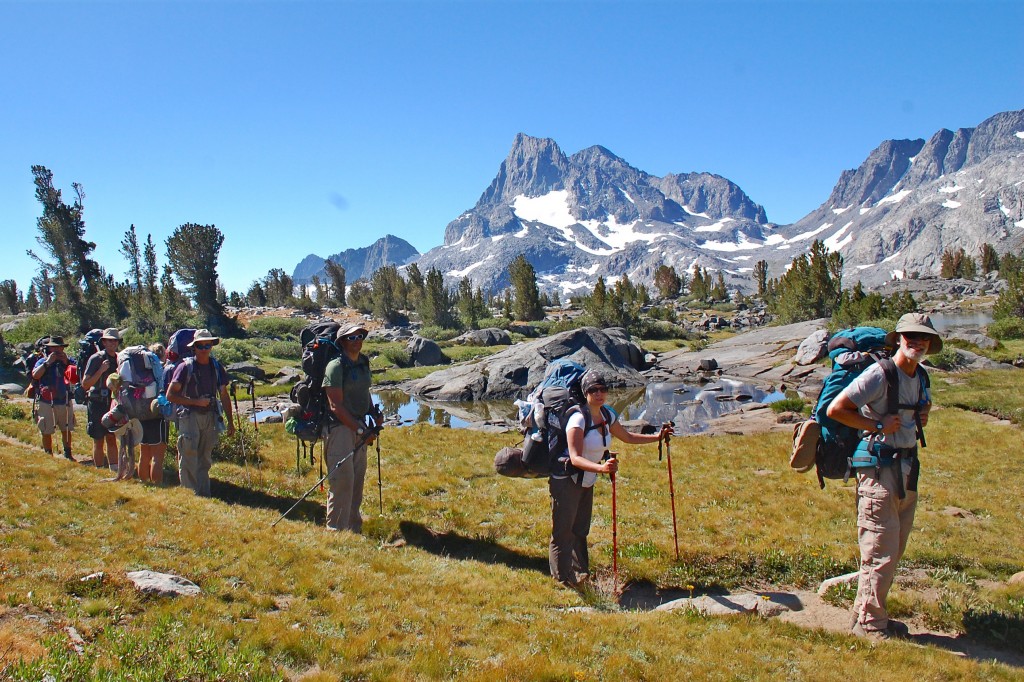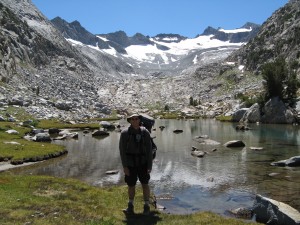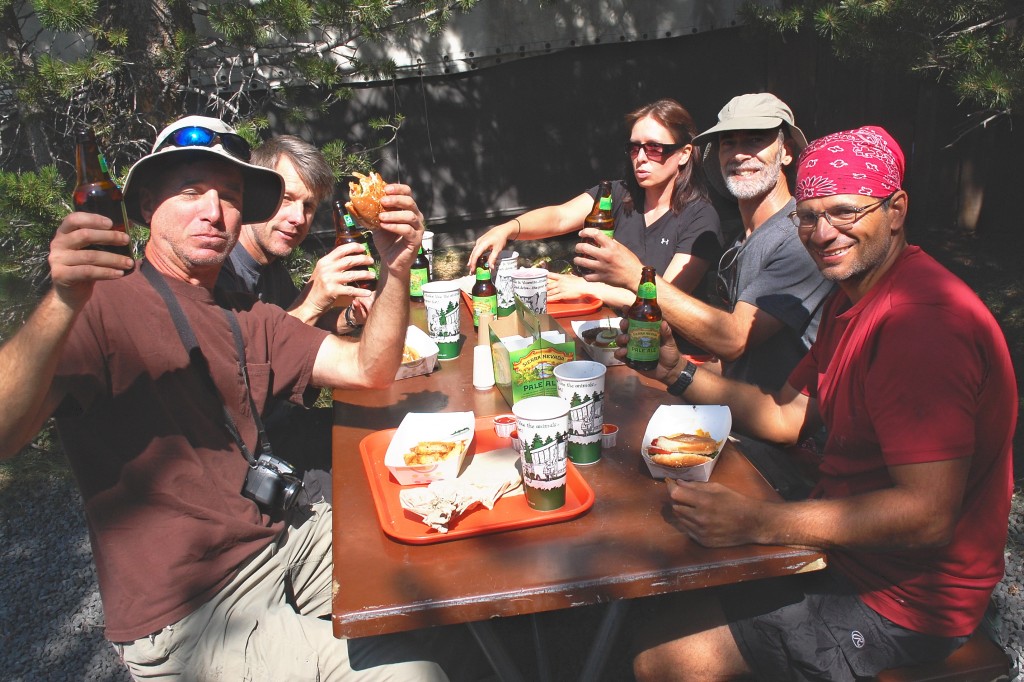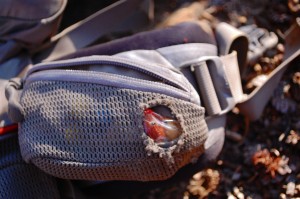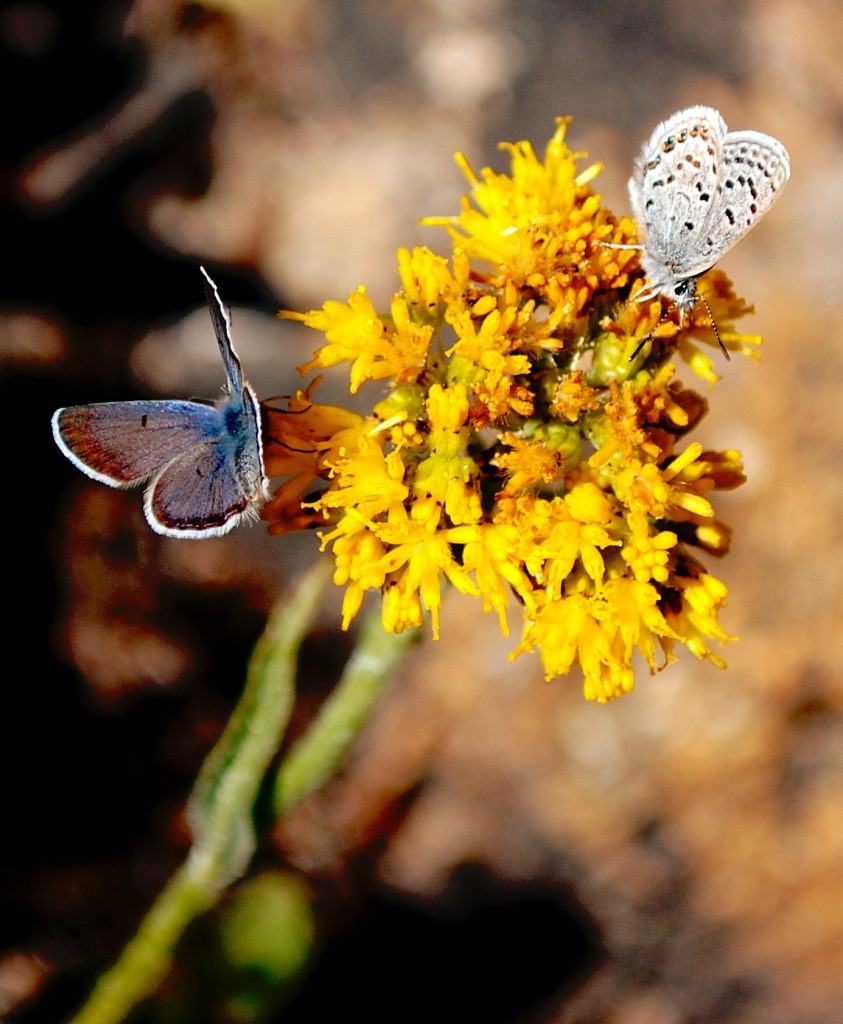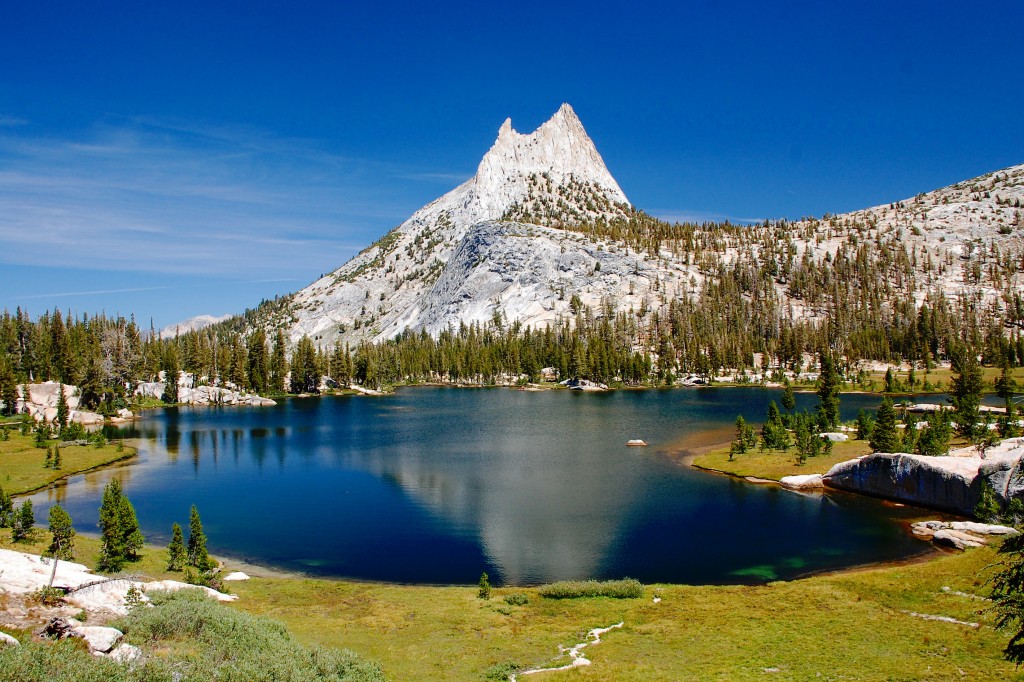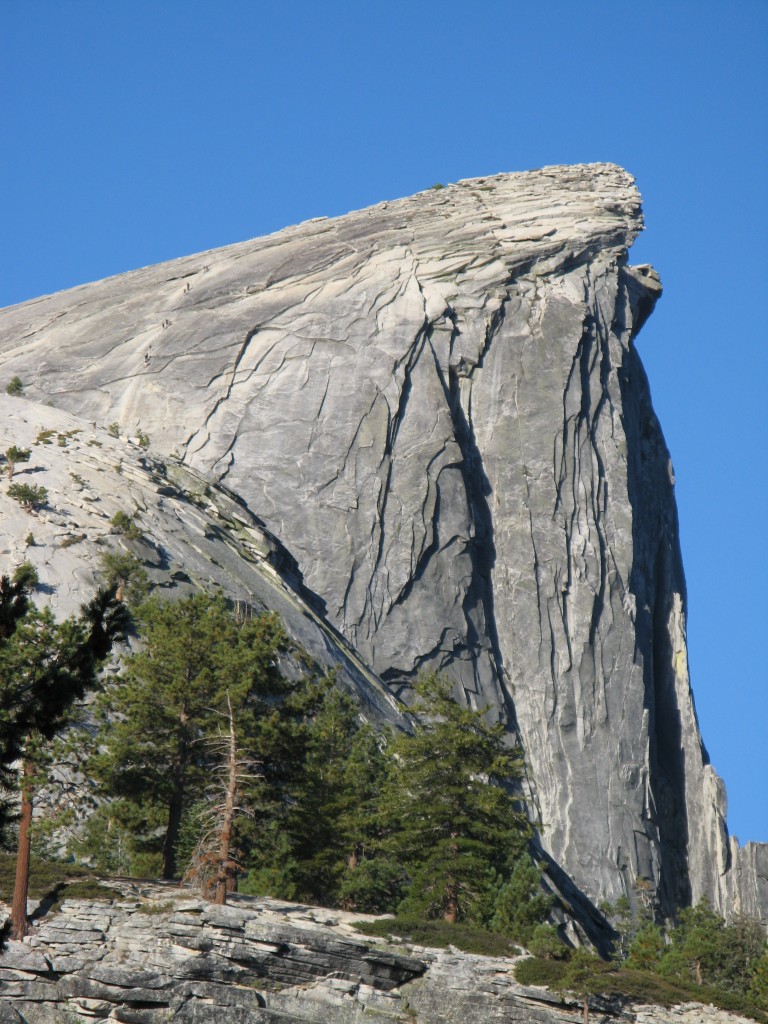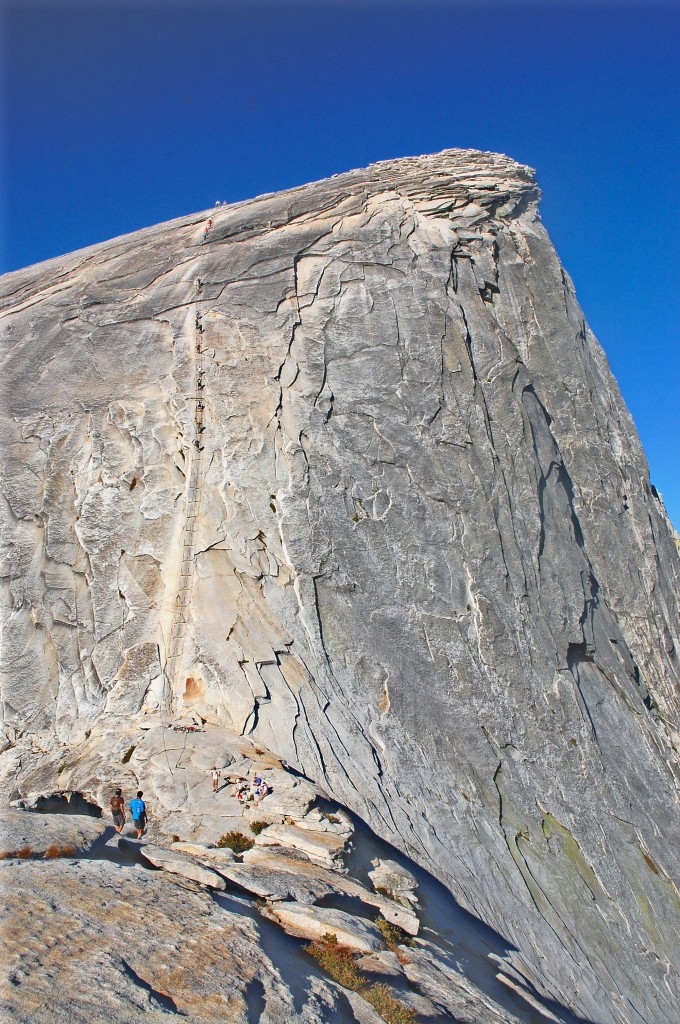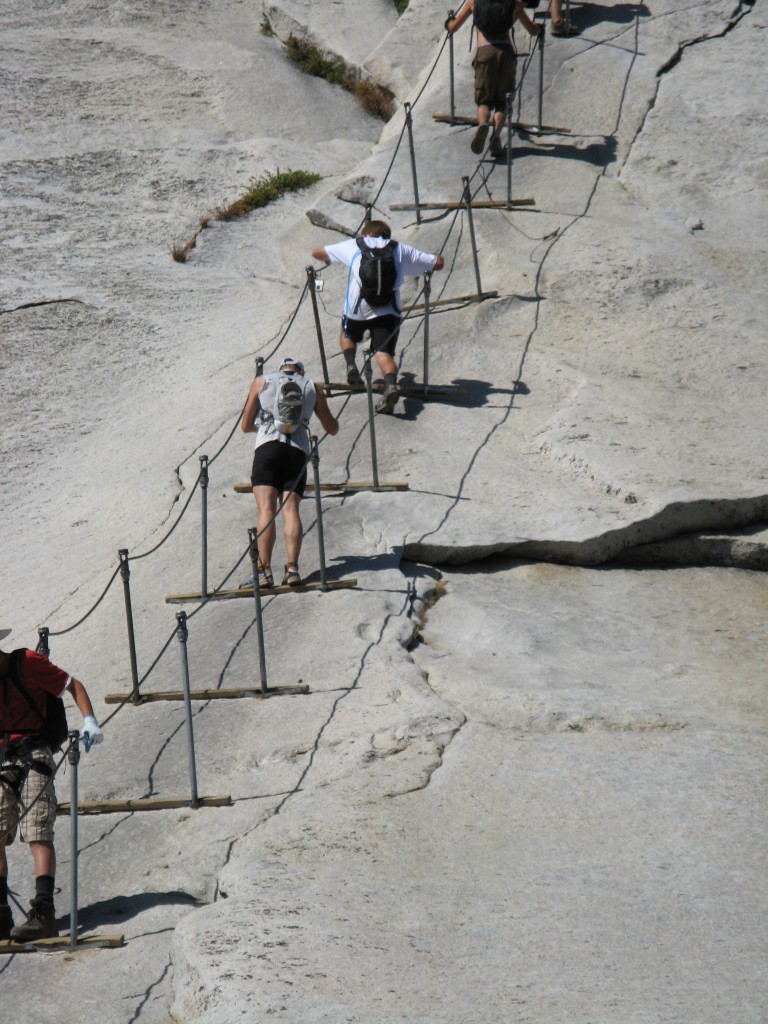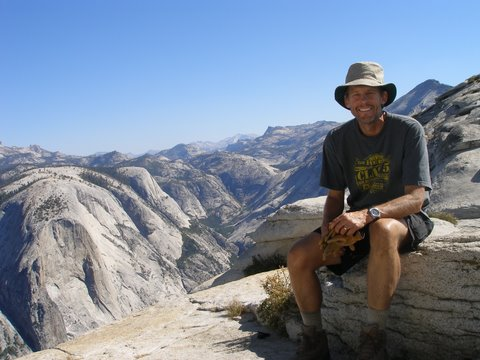By Chris Meyer
Here’s an updated blog version of an article I wrote for Health Connections magazine
Everyone likes to get away. It’s fun and it can be good for you – physically, mentally and spiritually. Yes, you can return from an exciting journey with a new fitness regimen, new appreciation of a foreign culture, and a refreshed outlook on your daily existence.
It’s no wonder figures as diverse as St. Augustine, Hans Christian Anderson and Mark Twain have recommended travel so highly. And modern-day studies back them up.
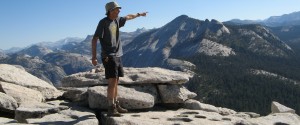
Summiting Half Dome is a physical and spiritual high.
PHYSICAL
It’s cliché to say that you need to burn off those extra vacation pounds. But it doesn’t have to be that way. If you’re a gonzo traveler like me, you will be burning calories trying to pack in as many experiences as possible. That’s a given when I’m backpacking, but it can also work on more civilized excursions, where the food is more tempting than the dehydrated variety.
A walk through Rome’s wonderful maze of ancient passageways, piazzas, and fountains reveals new discoveries at each turn. It also burns off some serious pasta. The legs will definitely feel it on a climb to the top of the St. Peter’s Basilica dome.
Cruise ships, sometimes maligned as floating palaces of overindulgence, now offer spa cuisine and state-of-the-art gyms. (See USA Today’s Best cruise ships for fitness junkies.) Royal Caribbean International is bringing celebrity chefs specializing in healthy food aboard its newest ships. England’s Jaime Oliver, who has crusaded for healthier school lunches, will offer hsi take on Italian and Biggest Loser” chef Devin Alexander’s Solarium Bistro aims to pack a lot of taste into few calories. So why not jump-start your fitness regimen with the ocean in full view? Everything is convenient and even walking around the track in the fresh sea air is a pleasurable way to get the blood flowing.
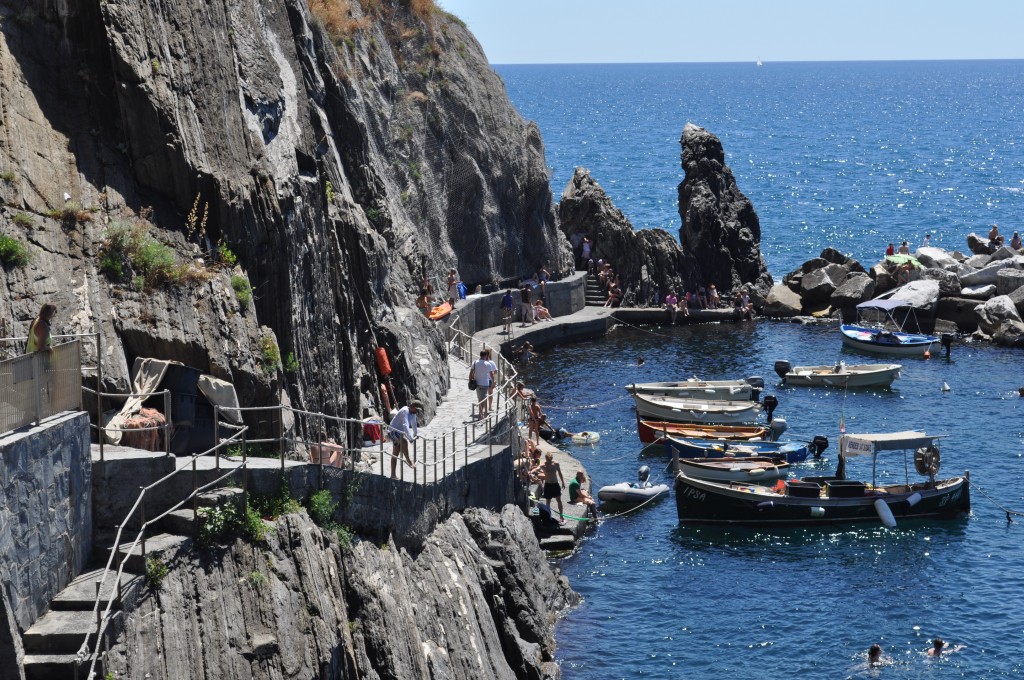
Trails connecting the villages of Italy’s Cinque Terre bring beauty and exercise together.
Ashore a plethora of active options await, from trekking between vintage European villages to kayaking picturesque Caribbean coastlines. Runners cruises offer training, expert advice and an island 5K race.
A healthy, local, organic food movement is in full bloom in Hawaii. From restaurants to farmers’ markets, fresh and delicious choices abound. It’s easy to bypass the luau and Spam after burning some serious calories on the kayaking trip to the secret waterfall.
Agriturismos connect you with the Italian roots of what is sometimes called the slow food movement. Plus, you can see traditional methods of producing wine and olive oil, and even take a turn in the kitchen, learning how to prepare fresh food that healthily delights the taste buds.
MENTAL
“The world is a book and those who do not travel read only one page.” -St. Ausutine
I love books that mentally transport me to another place. But actually being in there is transformative. All senses are involved. Talk about mental stimulation keeping the brain sharp!
Roaming Washington, D.C.’s Smithsonian Museums offers so much history and science. I grew up fascinated with the moon mission. At the Air and Space Museum I could see, even touch, the spacecraft and visualize the experience.
My mind and extremities were aroused as I shivered amid Denali National Park’s vast and colorful tundra while a native Athabascan described her people’s traditions. I could feel the conditions that required their ingenious adaptations and perseverance.
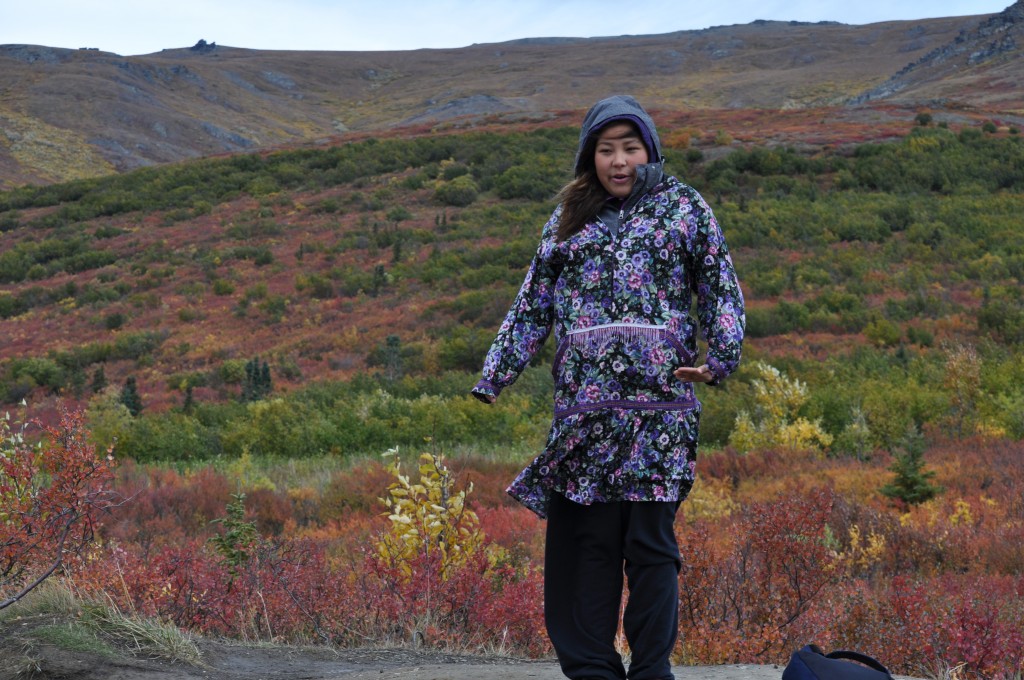
What better way to feel the Athabascan culture than through through the words of one of its daughters amid the unspoiled tundra of Denali National Park?
Walking the expansive grounds of Beijing’s Forbidden City helps you process the separation and extravagance of the ruling class that eventually led to revolution.
A photo of Mount Rushmore is interesting. Viewing it up close from all angles gives you appreciation for the enormous challenge of sculpting huge granite outcroppings with dynamite.
I’ve viewed many beautiful pictures of Yellowstone’s colorful geysers. Walking among the steaming pools and breathing their sulfur odors demonstrates a bit of what goes on deep below our feet. And seeing Old Faithful go off on schedule is, well, really believing.
SPIRITUAL
To move, to breathe, to fly, to float
To gain all while you give
To roam the roads of lands remote
To travel is to live
-Hans Christian Anderson
Have you ever really seen the stars? Away from the ambient light of civilization so thousands of lights explode like diamonds against a pitch-black sky? I have done this high in the mountains while backpacking, at sea on cruise ships and even from remote spots in Hawaii.
It is magical. Awe-inspiring. Humbling. Mysterious. Soul refreshing. Gets us outside of our modern climate-controlled cocoons. Invites the kind of big-picture contemplation that has mystified and inspired for ages.
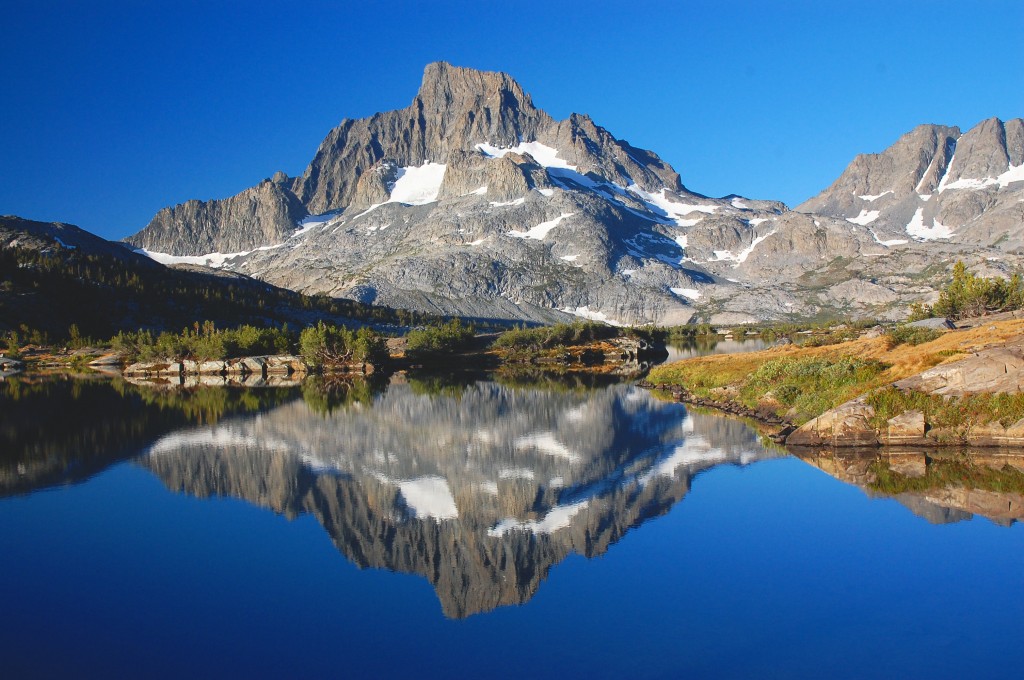
You can’t help but contemplate the miracle of creation high in the eastern Sierra Nevada.
Down to earth wonders have similar effects. Peer over the edge of the Grand Canyon. Stand in the center of Yosemite Valley and wonder at the kaleidoscope of granite, trees and plunging waterfalls. Put on snorkeling gear and enter the colorful undersea world of a Caribbean reef. John Muir called such pristine sights nature’s cathedrals because they can’t help but kindle appreciation for the wonder of creation.
Man-made monuments also inspire introspection about spiritual matters. Michelangelo’s sacred art, Jerusalem’s temple and Cambodia’s Angkor Wat demonstrate humankind’s relentless search for the divine. The physical feats and message behind them can only be fully appreciated in person.
Travel also connects with people in the here and now. The mixed-race tour guide deftly explaining the complex relationship between Native Americans and the Euro-descended amid the backdrop of the American West. The proud Roman cab driver joyfully describing the wonders of his city. The Tokyo guide who helps us understand why the traditional sacred tea ceremony remains important in a modern Japan of bullet trains, electronics and neon.
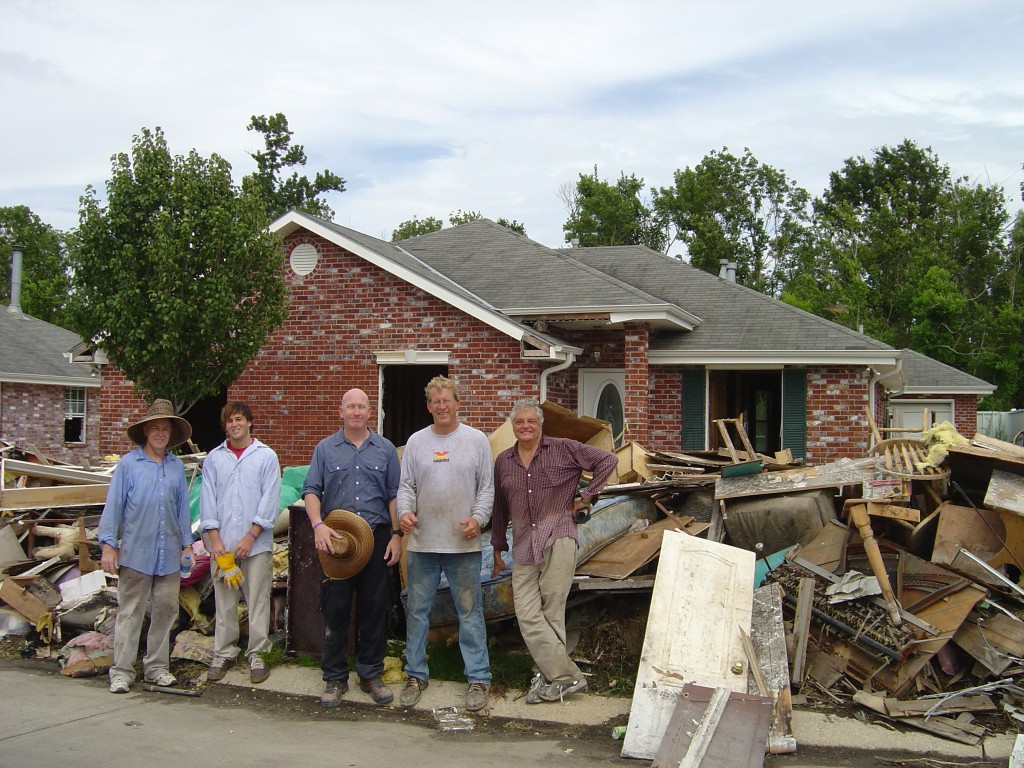
We went to New Orleans to help clean up after Hurricane Katrina. We experienced this great, and staggered, city and its people in a more personal way than usual travel affords.
Take this to another level through voluntourism. Help the National Park Service while enjoying the scenery. Rescue endangered sea turtles on a picturesque Costa Rican beach. Aid a clean water project in conjunction with an African safari.
Mark Twain has transported me to different times and places in his books. He also was an advocate of personal exploration:
“Twenty years from now you will be more disappointed by the things you didn’t do than by the ones you did do. So throw off the bowlines. Sail away from the safe harbour. Catch the trade winds in sails. Explore. Dream. Discover.”
How much easier it is for us to visit distant places than in Twain’s day! And do it in a way that’s beneficial to our physical, mental and spiritual health.
TIME TO PLAN YOUR NEXT ADVENTURE
There’s no better time than now to contact an Expedia travel consultant to book a journey that will nourish body, mind and soul. All the travel suppliers have tee’d up discounts for the heavy booking season that begins right after Christmas, and your consultant has the knowledge and tools to hook you up with the right amazing experience.
Call: (800) 745-4015 or (949) 201-4246
Click: ocglobetrotter.com
Email: cmeyer@ocglobetrotter.com
Come in: 24321 Avenida de la Carlota, Suite H-3, Laguna Hills, CA 92653. In Oakbrook Village center between Trader Joe’s and Woody’s Diner
Check out our reviews on Yelp.
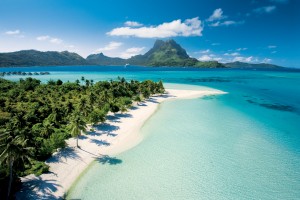 Paul Gauguin Cruises, which generously, donated the prize, is affiliated with famed oceanographer and environmental advocate Jean-Michel Cousteau, who is aboard several times a year, offering lectures and joining passengers on dives, which can be done from a dock on the back of the cruise ship.
Paul Gauguin Cruises, which generously, donated the prize, is affiliated with famed oceanographer and environmental advocate Jean-Michel Cousteau, who is aboard several times a year, offering lectures and joining passengers on dives, which can be done from a dock on the back of the cruise ship.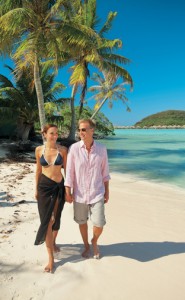





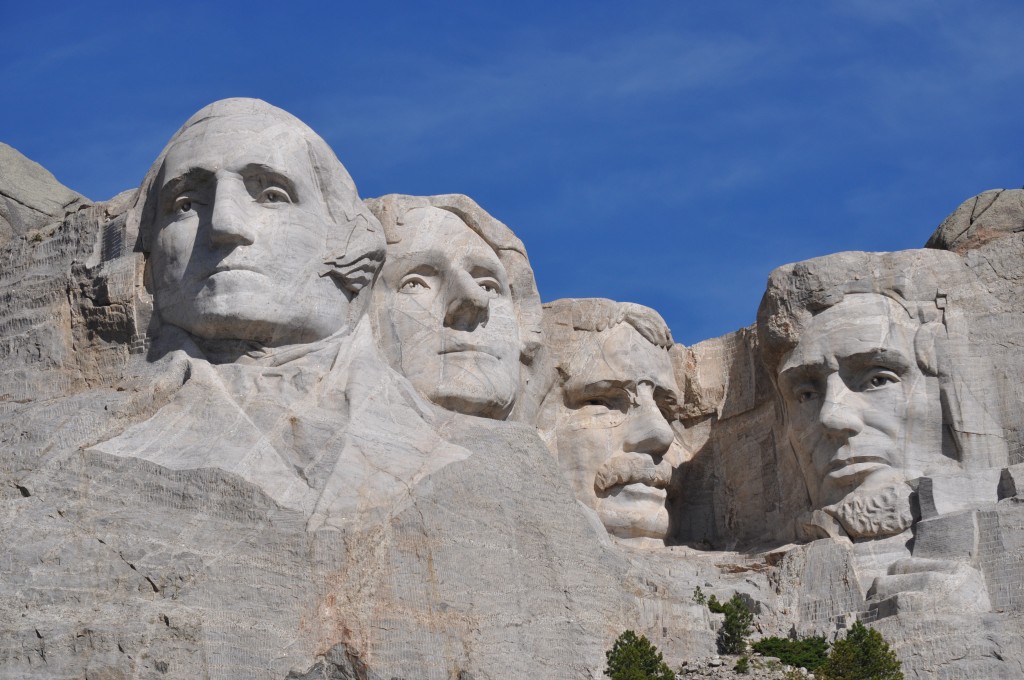

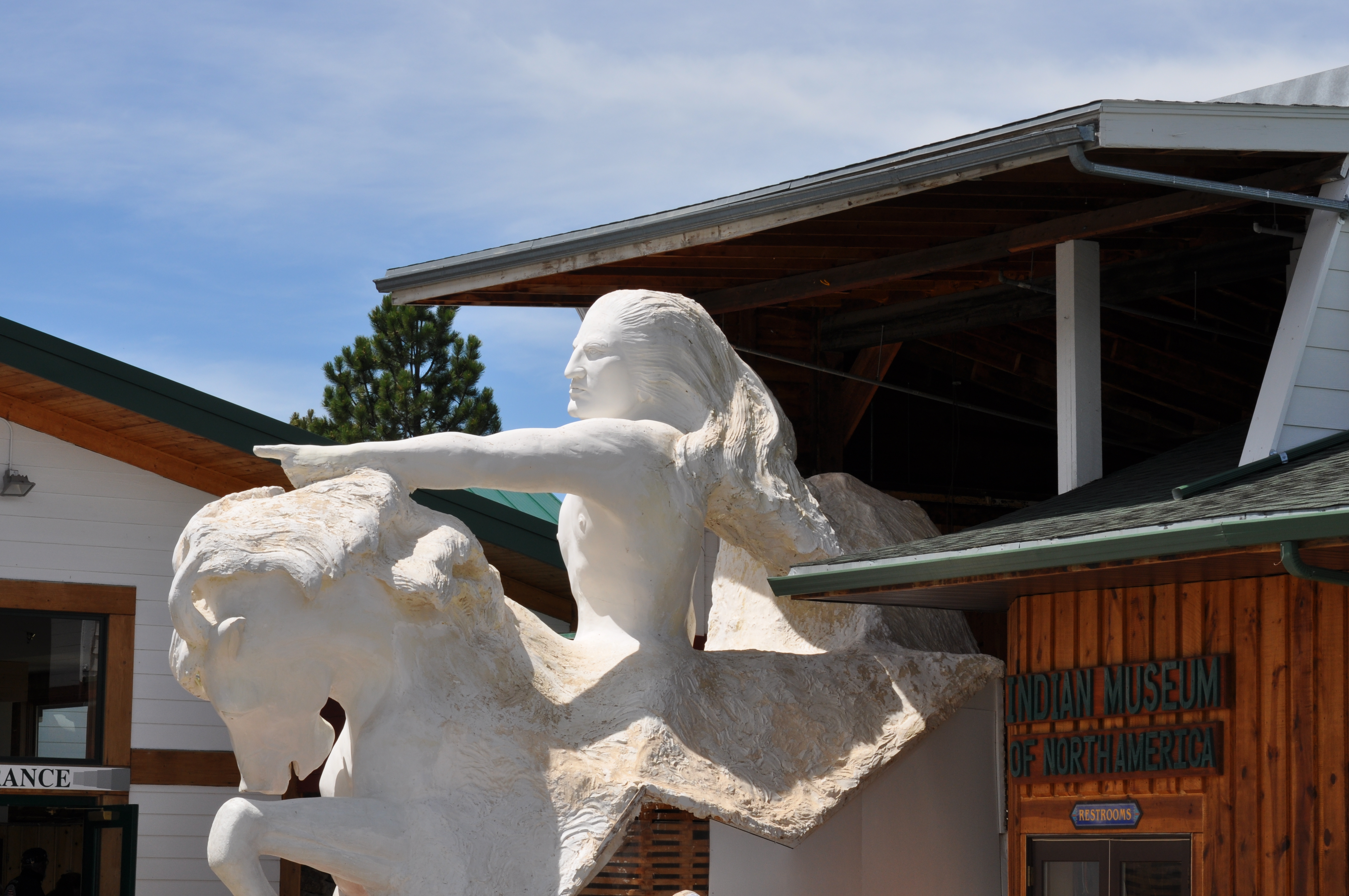
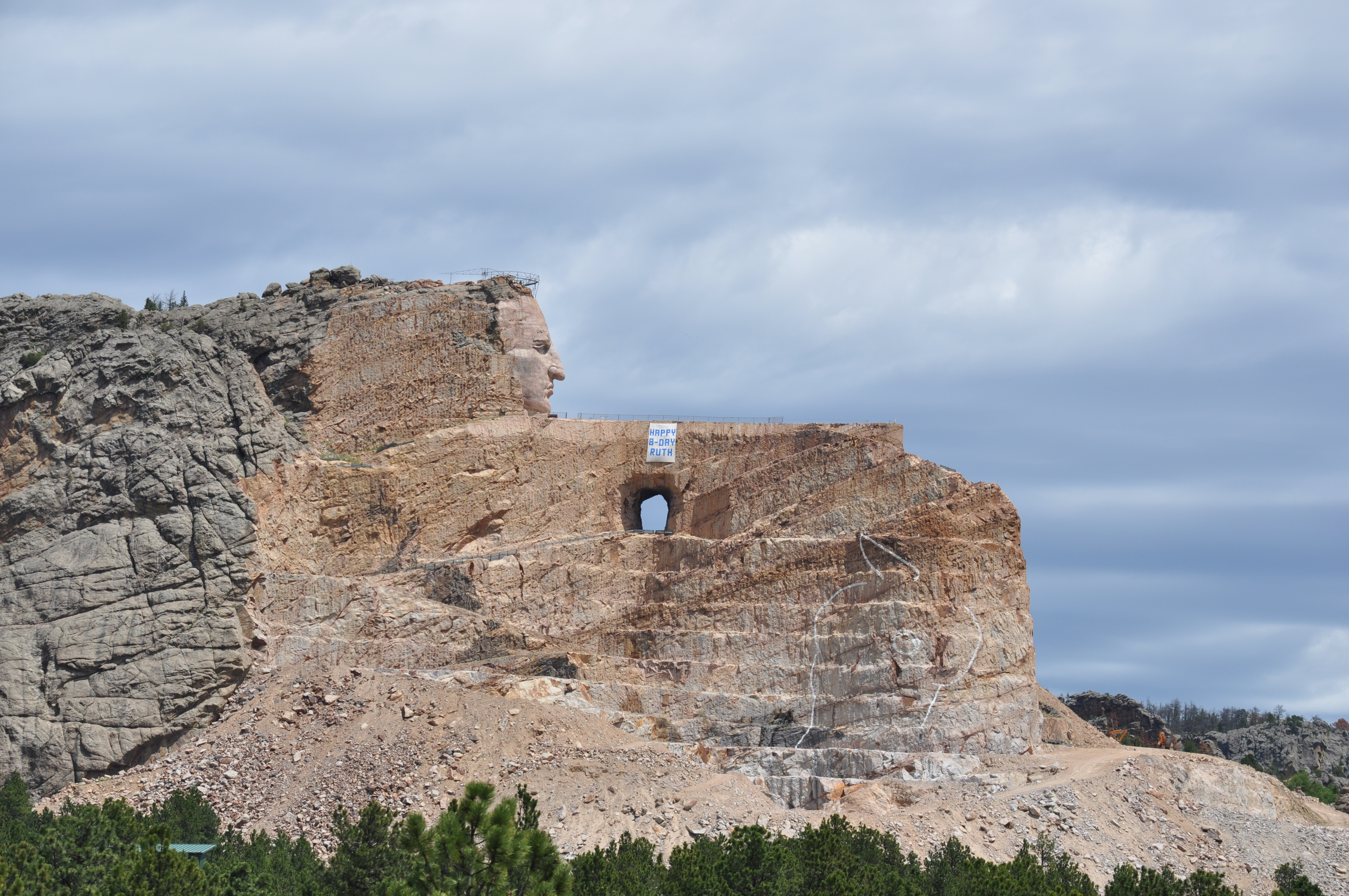
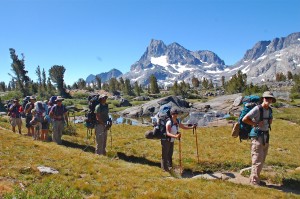
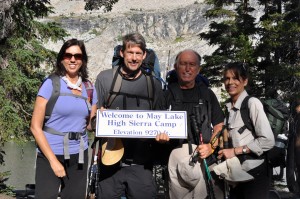
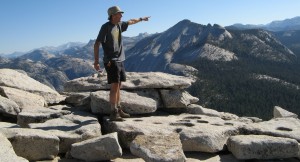
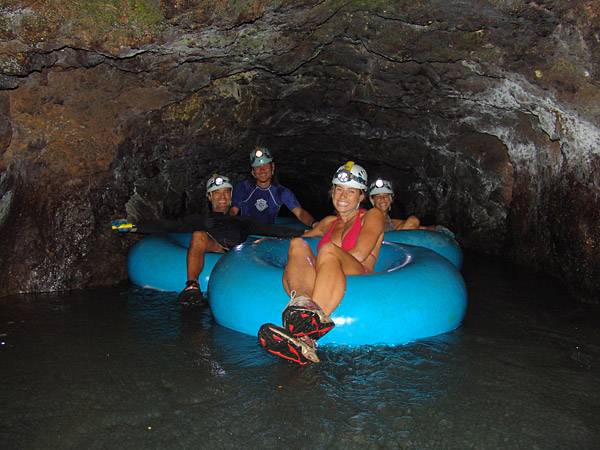
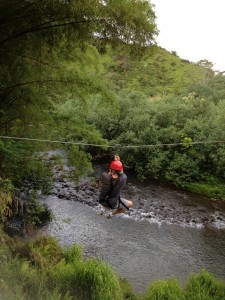
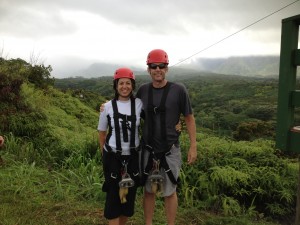
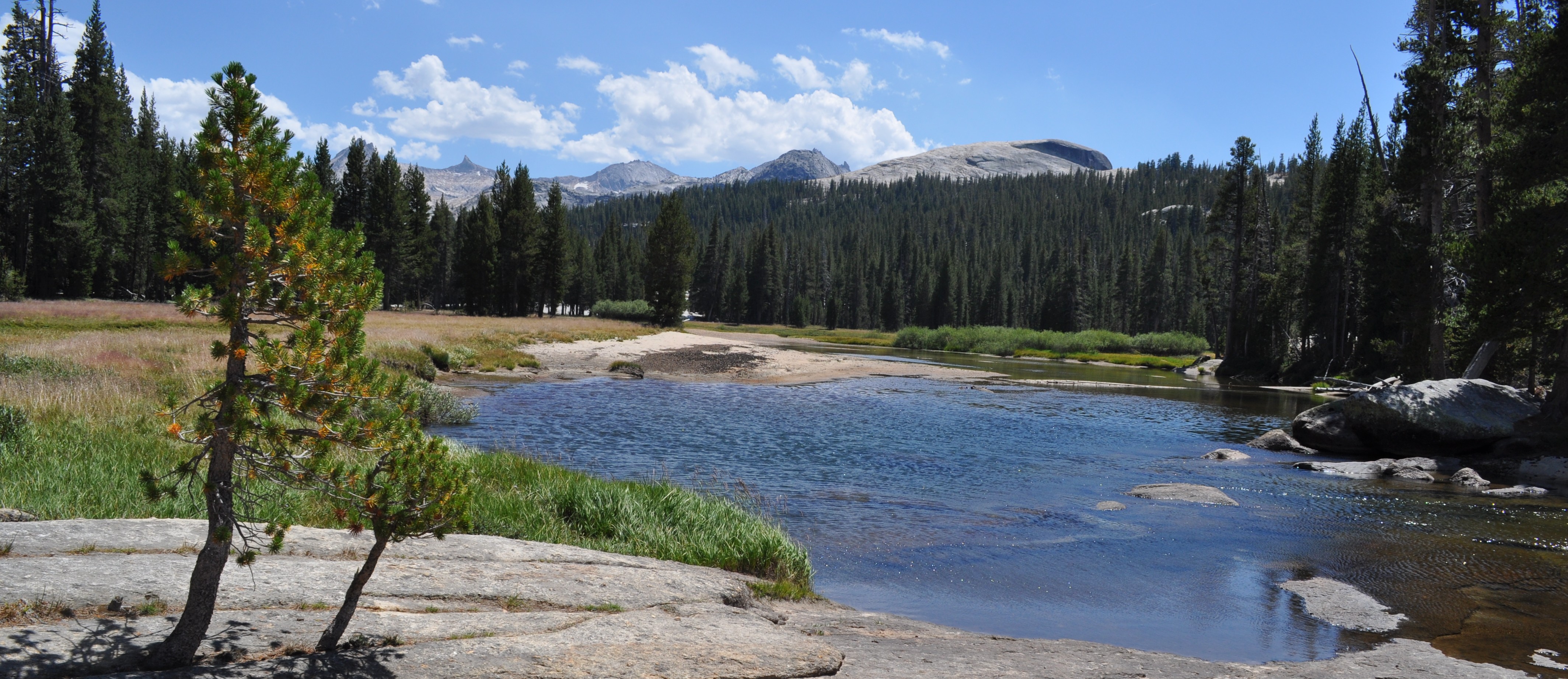
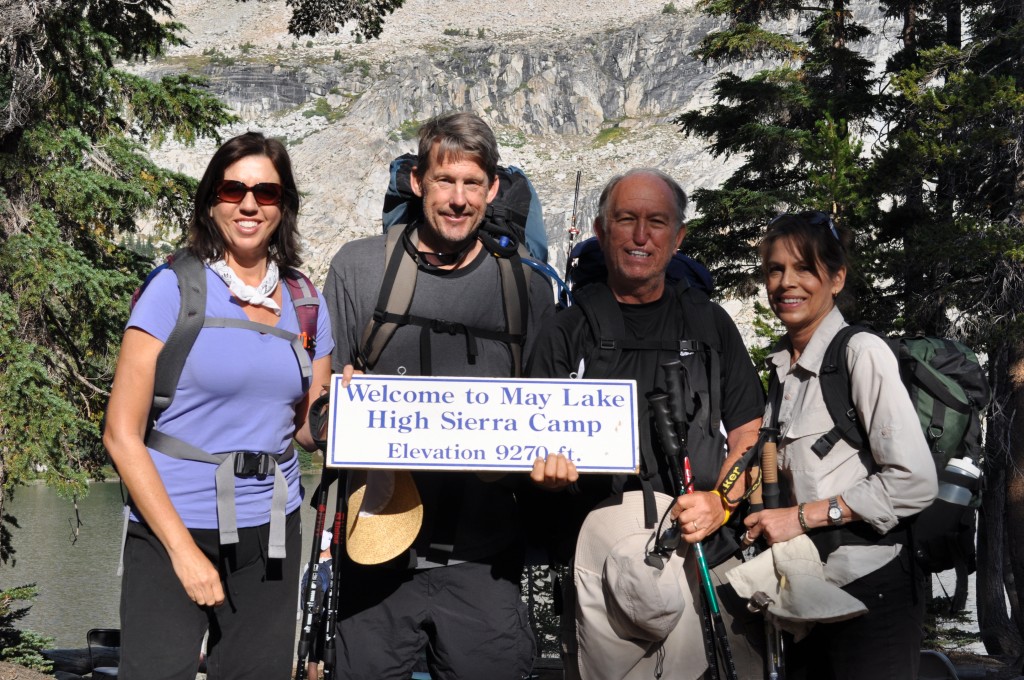
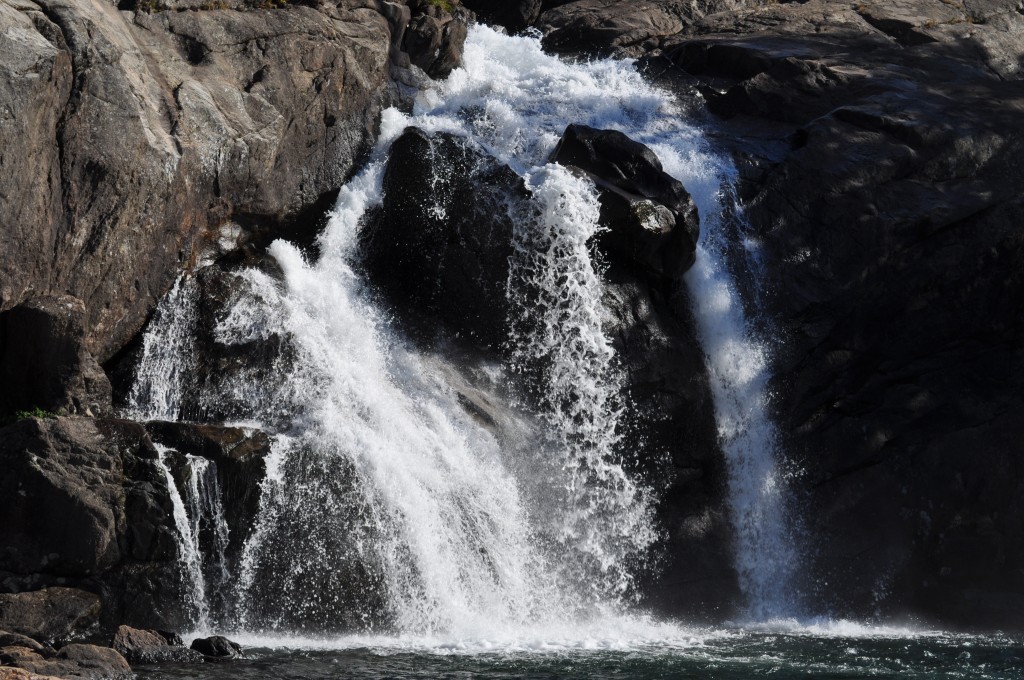
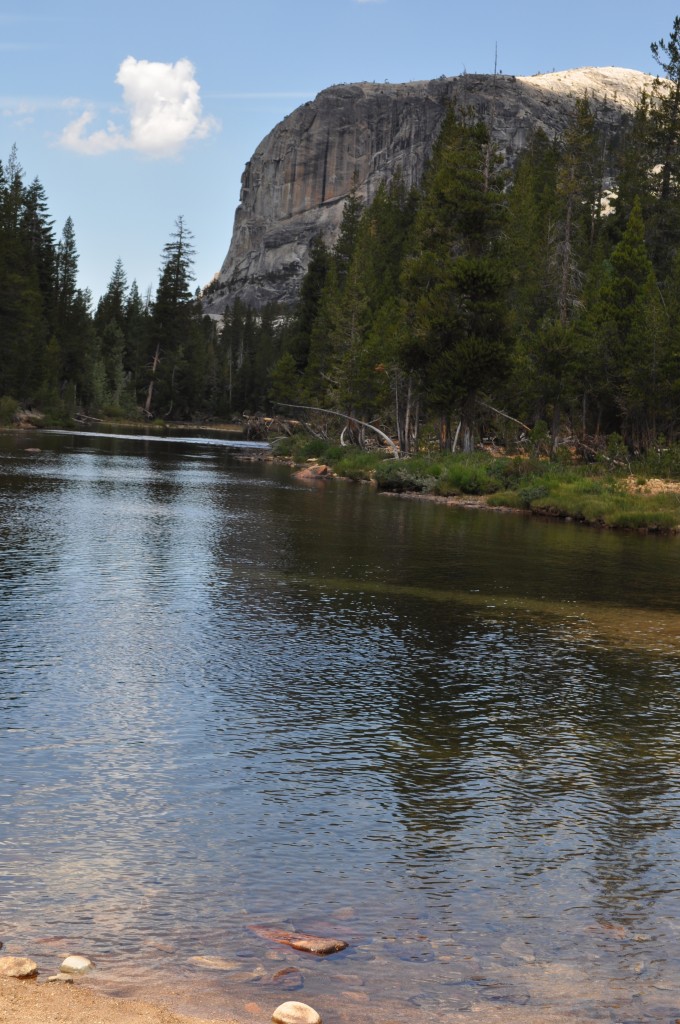

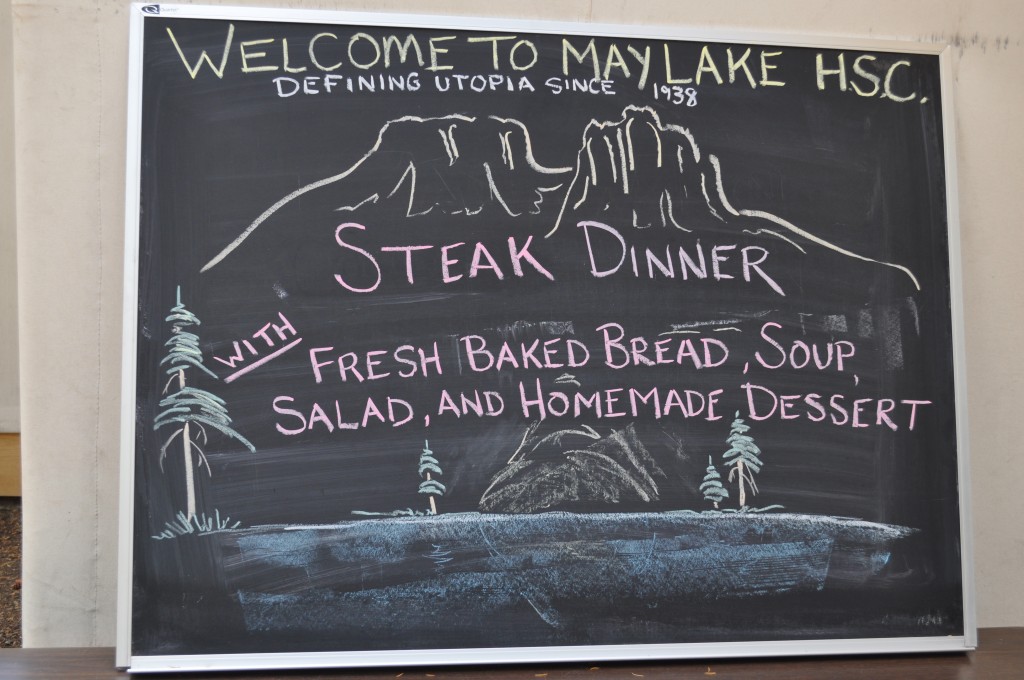
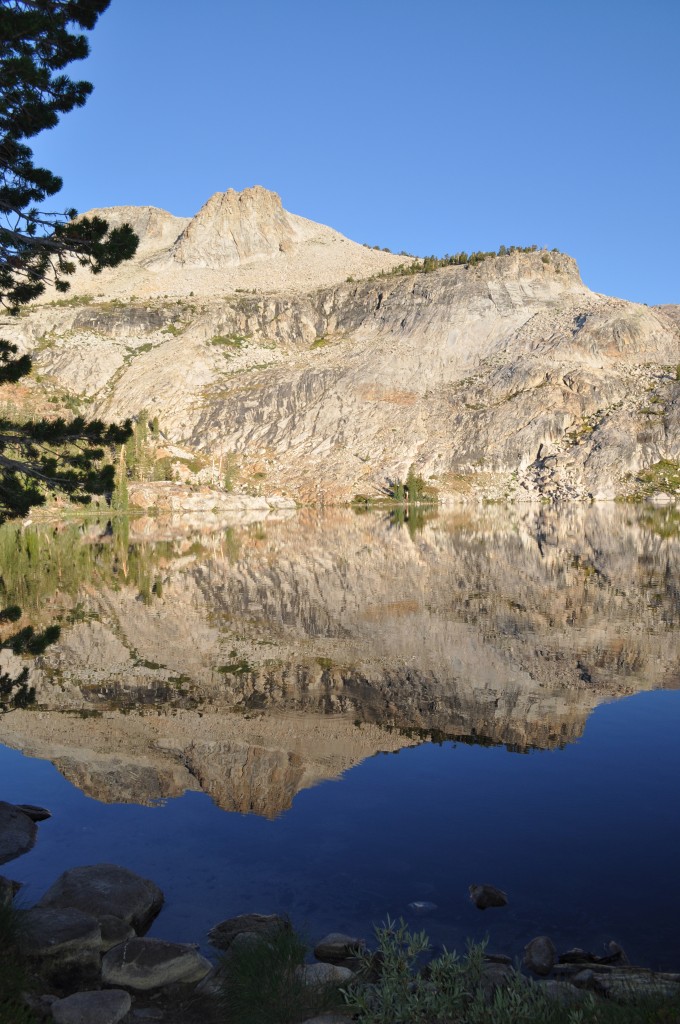
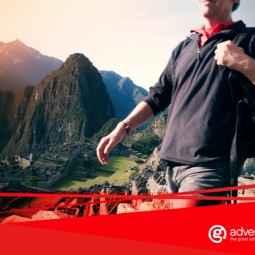
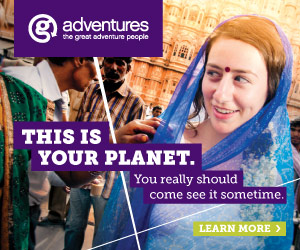
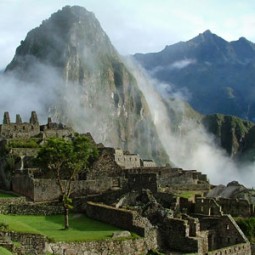
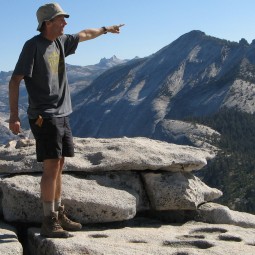
 “It is by far the grandest of all the special temples of nature I was ever permitted to enter.” — John Muir
“It is by far the grandest of all the special temples of nature I was ever permitted to enter.” — John Muir